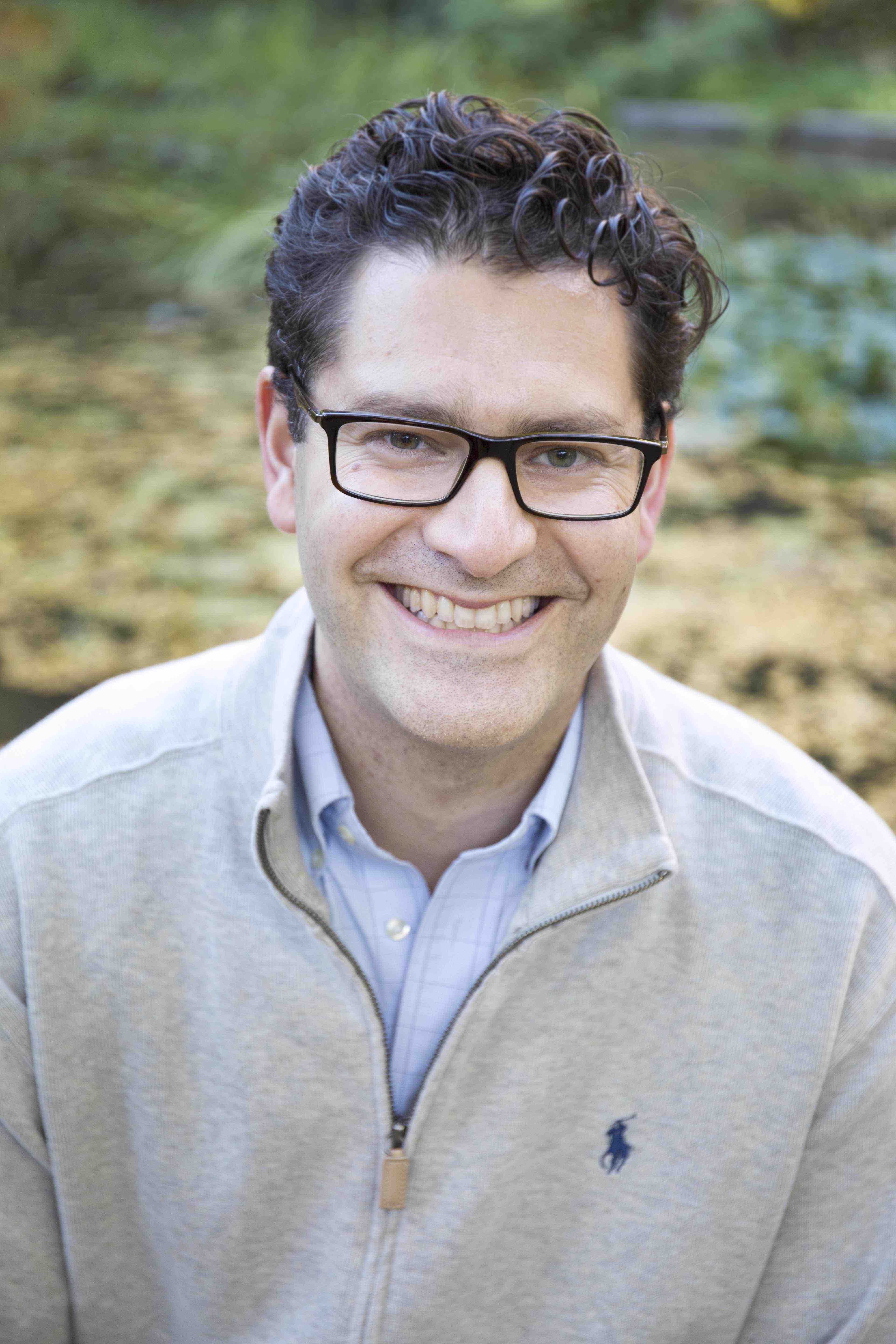Understanding the Impact of Social and Physical Environment Factors on Crime Using Urban Sensing and Machine-Learning
Understanding the root causes of crime in urban areas is critical to effectively addressing this serious problem. Variation in crime levels across and within cities offers important clues. Some heterogeneity may be related to physical and social characteristics of urban environments, such as social cohesion, physical disorder, and greenspace. In addition to sociological and economic factors (e.g., racial tension, job opportunities, etc.), aspects such as the amount and character of street activity also impact crime. This project proposes new methods including causal inference modeling and machine learning (ML), combined with new data sources such as imagery and sound from the NSF-funded Array of Things (AoT) project, to explore three time-varying neighborhood factors on crime: 1) the amount and usage of greenspace, 2) the amount and character of street activity and related social cohesion; 3) the level of visual and auditory disorder; as extant research suggests their importance in relation to crime and their potential for intervention. These discoveries could transform social science research by measuring complex social and physical environment variables at scales never before investigated. This will also push the boundaries of ML algorithms embedded in intelligent distributed sensor networks. This project will develop novel ML algorithms that quantify the quality of social interactions, which thus far have not been explored. Convergence among scientists, residents, and organizations that comprise neighborhoods will increase community understanding and acceptance of "smart" technologies for connected communities to address social science questions. Further, the project has direct impacts on increasing diversity in STEM fields through partnerships with community organizations Colony 5 and MAPSCorps, which provide hands-on training of minority youth across Chicago to use Internet of Things (IoT) and urban data to understand and improve their neighborhoods. Results from this project could lead to new smart city technologies and the ability to map important social behavioral variables such as social cohesion across entire cities. This work may then inform interventions that could be used to increase social cohesion, potentially through urban greenspaces, which could lead to reductions in crime and overall increased well-being for urban residents.
Measuring street activity and social cohesion is difficult, typically requiring human observation or surveys, which are taxing on observers and limit the number of neighborhoods that can be studied. This project proposes to use recent technological advances to measure human behavior and social interactions en masse. Smartphones can provide mobile testing labs, facilitating new forms of surveys measuring the cognitive impact of a person's urban exposure over time as well as tracking mobility anonymously. Combined with advances in ML, this opens new potential for exploring human interactions in cities. AoT will provide images and sound from some 200 Chicago locations, using technology that can be readily extended to more fully instrument selected experimental venues, exploring the use of ML "at the edge" to quantify and characterize street activity, disorder, and greenspace use across diverse neighborhoods. This project will relate these measures to crime, using Chicago's open crime database, to examine the physical and social environmental factors that may influence crime and its mitigation.
-
Performance PeriodOctober 2020 - September 2024
-
University of Chicago
-
Award Number1952050
-
 Lead PIMarc Berman
Lead PIMarc Berman -
Co-PIKathleen Cagney
-
Co-PINicola Ferrier
-
Co-PICharles Catlett
Project Material
- Effects of the physical and social environment on youth cognitive performance
- Nature's path to thinking about others and the surrounding environment
- City Population, Majority Group Size, and Residential Segregation Drive Implicit Racial Biases in U.S. Cities
- Differences in the functional brain architecture of sustained attention and working memory in youth and adults
- Environmental influences on affect and cognition: A study of natural and commercial semi-public spaces
- Mouse movements reflect personality traits and task attentiveness in online experiments
- Effects of Racial Segregation on Economic Productivity in U.S. Cities
- Early pandemic COVID-19 case growth rates increase with city size
- Neighborhood street activity and greenspace usage uniquely contribute to predicting crime
- Evidence and theory for lower rates of depression in larger US urban areas
- The association between latent trauma and brain structure in children
- Introducing Point-of-Interest as an alternative to Area-of-Interest for fixation duration analysis
- Creatures of the state? Metropolitan counties compensated for state inaction in initial U.S. response to COVID-19 pandemic
- The affective benefits of nature exposure: What's nature got to do with it?
- Visual features influence thought content in the absence of overt semantic information
- Overt attentional correlates of memorability of scene images and their relationships to scene semantics
- Measuring Cities with Software-Defined Sensors
- Understanding Nature and Its Cognitive Benefits
- 2021: Understanding the Impact of Social and Physical Environment Factors on Crime Using Urban Sensing and Machine-Learning
- 2022: Understanding the Impact of Social and Physical Environment Factors on Crime Using Urban Sensing and Machine-Learning
- Understanding the Impact of Social and Physical Environment Factors on Crime Using Urban Sensing and Machine-Learning
- 2021: Understanding the Impact of Social and Physical Environment Factors on Crime Using Urban Sensing and Machine-Learning
Marc Berman is an Associate Professor of Psychology at the University of Chicago. He received his B.S.E. in Industrial and Operations Engineering (IOE) from the University of Michigan, his Ph.D. in Psychology and IOE from the University of Michigan, and received post-doctoral training at the University of Toronto’s Rotman Research Institute at Baycrest. Before arriving to Chicago he was an Assistant Professor of Psychology at the University of South Carolina. Understanding the relationship between individual psychological and neural processing and environmental factors lies at the heart of his research. His lab utilizes brain imaging, behavioral experimentation, computational neuroscience and statistical models to quantify the person, the environment, and their interactions.